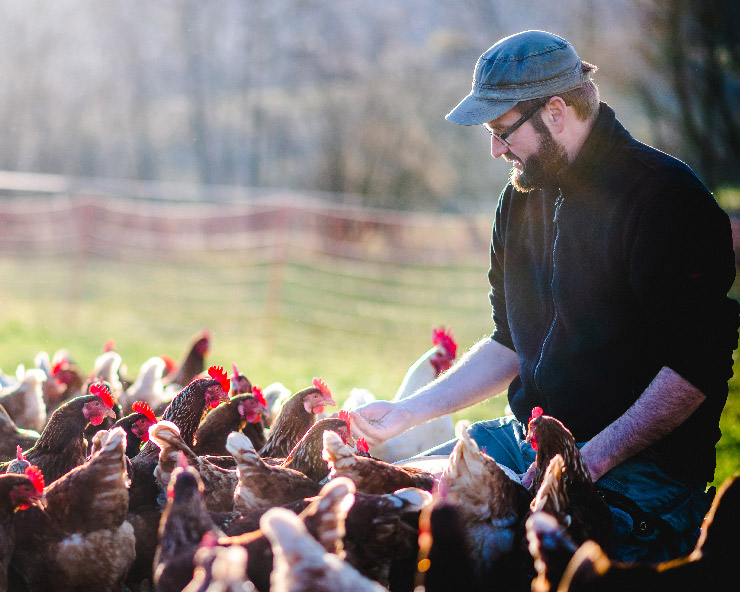One of the best ways to teach people about agriculture is to show them firsthand what happens on your farm. This can be through an onsite store, farm tours, or holding workshops on your property. You may need extra farm help and hire an employee or have a friend wanting to learn the ins and outs of alternative farming. No matter the reason for extra foot traffic, each new person can increase the likelihood of introducing new germs to your farm. You have options on how to prevent this from happening.
Know who is visiting
Different types of visitors pose different threats. People from a mainly urban environment with little to no livestock contact pose very little danger. In contrast, employees who have livestock at home are at high risk of spreading disease between the herds or flocks. If possible, ask visitors before they come to your farm if they have any regular livestock contact. Consider using a sign-in sheet for guests to write their contact information and any previous livestock exposure or international travel. Countries outside the United States have serious animal diseases that we want to keep out of the US. If visitors were on international farms in the previous five days, it might be best to reschedule their visit. Have plastic boot covers or on-farm boots available so anyone visiting your farm can cover their potentially contaminated footwear.
Handwashing
The CDC recommends washing hands with warm water and soap for at least a minute and a half. If that is not available, an alcohol-based disposable hand wipe or hand sanitizer can be used. Ideally, provide visitors and employees a handwashing station with warm running water, soap, and paper towels to dry their hands. Posting signs throughout your farm can encourage visitors to wash their hands before entering and exiting. Examples of signs can be found online at the Center for Food Security & Public Health signs and visitor information page.
Offer personal protective equipment (PPE)
Inform visitors of what you would like them to wear to the tour, what they should and should not bring on the day, and maps of the facility where they should and should not go. Ask visitors to leave personal belongings in their car – the more items they bring in, the more likely one will be contaminated with a germ that could make your animals sick. All visitors should wear clean rubber boots or plastic boot covers. Shortly after arrival, they should be put on and taken off (or cleaned) before leaving. Just as we don’t want visitors to spread germs to our animals, we don’t want them to take them away from our farm. If the visitors will get into livestock pens and interact directly with the animals, it is best to wear clean cloth coveralls or a new set of disposable coveralls.
Visitor areas
When visitors arrive, they should use one designated entrance onto the farm and park any vehicles as far away from animals as possible. Post signs to help visitors know where they can and cannot go. Set up barriers to prevent visitors from interacting with off-limits animals. Keep visitors away from your quarantine/isolation pens. If food is provided at your event, make sure to have an area away from animals to prepare and consume the food.
Employees
Some organic or alternative farms require additional off-farm help to keep running smoothly. Whether they are helping out every day or only a few times a year, they must be aware of the precautions everyone needs to take to keep the animals on the farm healthy and free of disease. Employees with livestock at home should not wear the same clothing that they wear around their animals. Offering an area where employees can wash and keep clean clothes they can change into upon arriving at your farm can be one of the best ways to lower the risk of spreading disease between herds/flocks.
Do the benefits of visitors outweigh the risks??
Sharing your passion for livestock agriculture with visitors is a great way to teach the public more about organic and alternative agriculture. The risk of introducing a new disease to your farm can never be zero. If you take the time to develop procedures that work for your operation, implement the practices, and monitor for needed changes, you can greatly reduce your risk.
More Resources:
Biosecurity Training – Farmers and Ranchers videos for Farm and Barn Access. Happy Farms Happy Agriculture (HFHA)
Animal Health Status of Regions. U.S. Department of Agriculture (USDA) Animal and Plant Health Inspection Service
Biosecurity Fundamentals for Extension Personnel. Ohio State University Extension
Hosting International Visitors (Pork). National Pork Board
Tips for Selling with: Agritourism and “Pick-Your-Own” ATTRA

